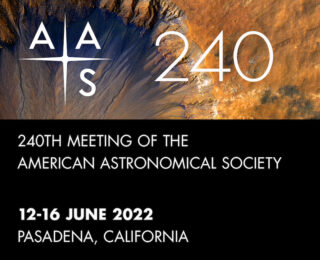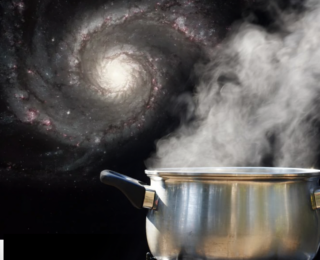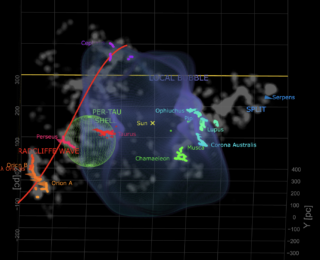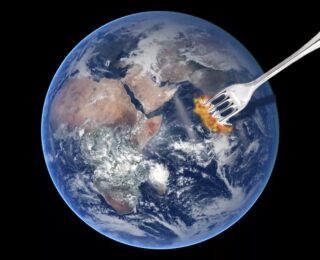
Meet the AAS Keynote Speakers: Prof. Nicholas Scoville
We interview Prof. Nicholas Scoville, plenary speaker at #AAS240, about his work measuring the interstellar gas content of galaxies (and his artistic inclinations, too!).

We interview Prof. Nicholas Scoville, plenary speaker at #AAS240, about his work measuring the interstellar gas content of galaxies (and his artistic inclinations, too!).

Today’s authors use stellar chemistry and kinematics to identify the moment our Milky Way cooked up its disk.

We’ve known for some time that we reside in the Local Bubble, a cavity of low-density gas excavated by an orchestra of dying stars ~15 Myrs ago. Today’s authors find that this Bubble’s expansion is driving nearly all nearby star formation.

Take a bite out of today’s post, where the authors explore the occurrence rate of planetary ingestion in wide binary stellar systems. Turns out that about a fourth of Sun-like stars in wide binaries may ingest their planetary companions. Yum!
Ever wanted to take a peak into a Galactic archaeologist’s toolbox? Today’s authors take us on a great tour of theirs as they investigate several moving groups discovered pre-Gaia that may be part of the Milky Way halo!